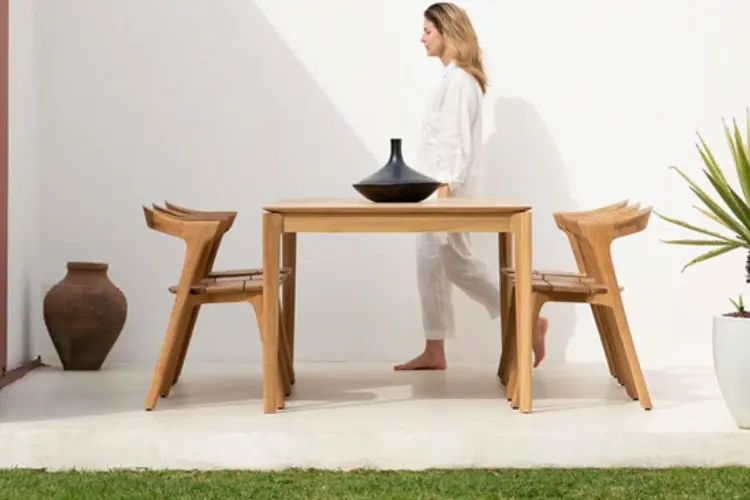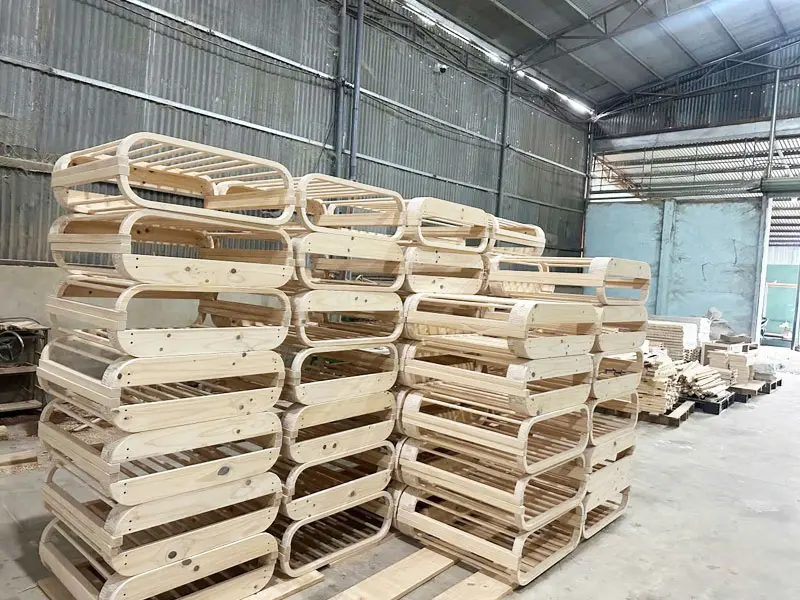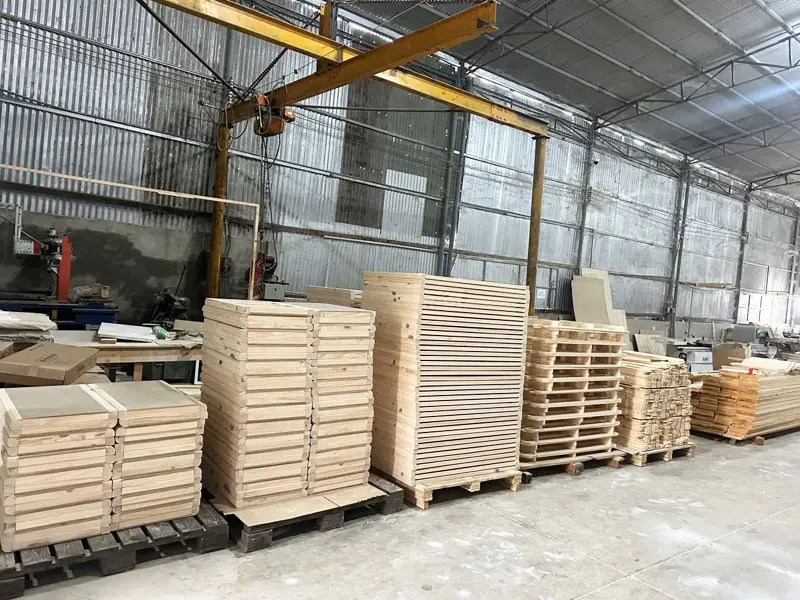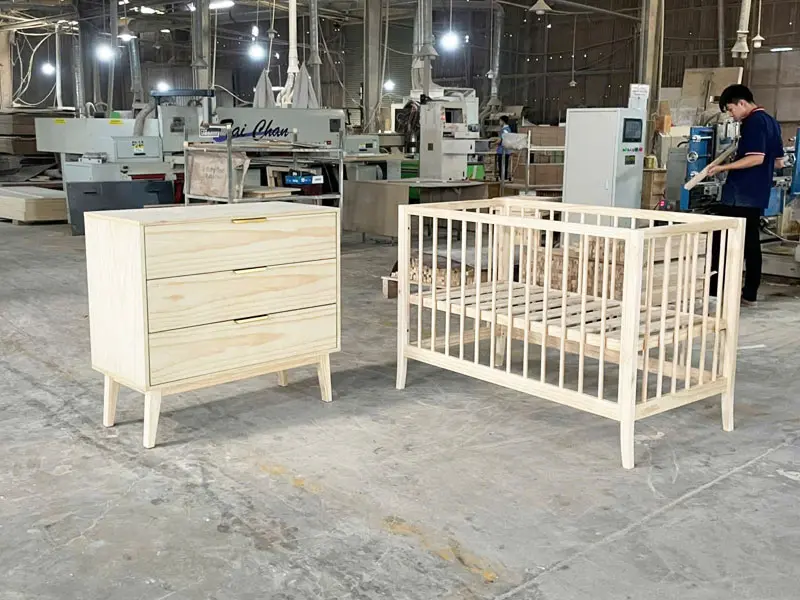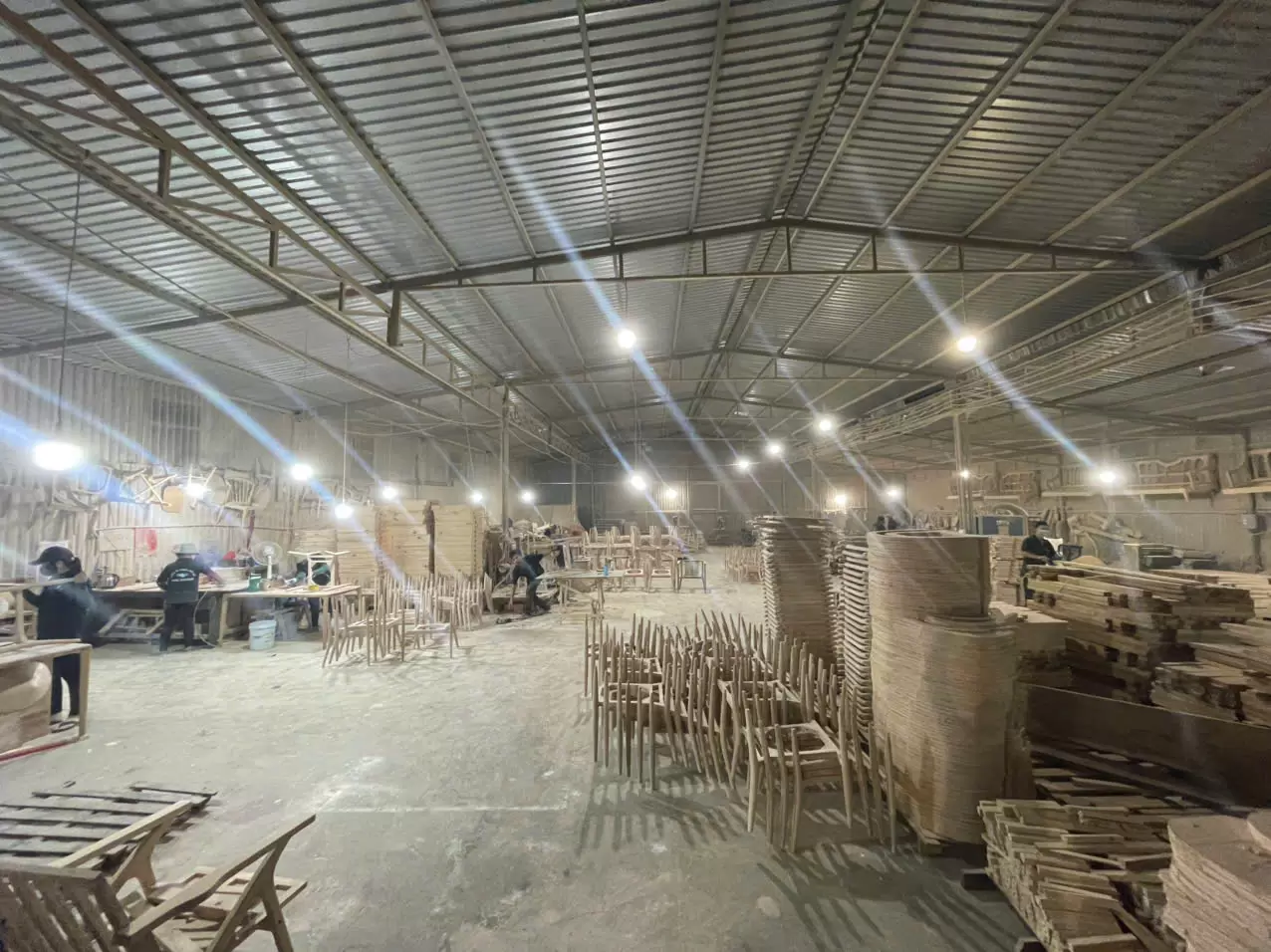The role and influence of furniture in home design
Article content
Furniture Defines the Function of a Space
As you arrange a group of furniture, in addition to defining its function, it also shapes the organization of the space. Each room serves a purpose and furniture should be chosen accordingly. Consider the specific needs of the room, whether it is a comfortable sofa for the living room, a spacious dining table for the kitchen, or an ergonomic desk for the home office. The right furniture can maximize the utility of a room, making it both beautiful and highly practical.
Furniture guides the organization of a space
The placement of furniture determines the flow of traffic, accessibility, and overall usability, making it an essential aspect of architectural planning.
Strategic placement of furniture can create a harmonious balance between open areas and cozy nooks, optimizing traffic flow and maximizing available space. For example, placing a coffee table and a set of armchairs in the center of a living room can encourage conversation and create a cozy gathering place.
Furniture determines the “look” of a space.
From traditional to modern, there are many different styles that can define the look of a room. However, making a room look the way you want it to look requires the right furniture. Choosing the right furniture will create the desired design style. For example, if you are aiming for a minimalist, modern living room, you probably won’t choose vintage-inspired floral-covered couches.
Defining the Area
The development of furniture positions throughout the house in one way or another divides the spatial classifications, thereby characterizing the zones. Furniture ensures a flow of the room with its location as well as the activity and utility areas. Regardless of whether it is designed around the accumulated furniture assembled, arranged separately or not, the furniture will give enough ideas about seating, standing and space…
Creating zones and focal points
Furniture is a powerful tool for creating zones within a space. In open spaces, it helps define separate areas for relaxing, working, eating or entertaining. Strategically placed furniture can guide the eye and establish focal points. An ornate chandelier, a bold and colorful accent chair, or an intricately carved wooden cabinet can become the focal point of a space, drawing attention and sparking conversation. These defined areas and focal points contribute significantly to the overall flow and atmosphere of a space.
Create harmony in design
The right combination of furniture pieces gives a room a balanced look and feel. It makes even intentionally unused spaces look better and can help create an airy yet harmonious feel in any room. A harmonious blend of furniture with an architectural theme creates a cohesive, visually pleasing design that enhances the overall architectural beauty.
Create multi-purpose spaces
Furniture can be extremely versatile, allowing rooms to adapt to different functions. Multi-functional furniture, such as sofa beds, extendable dining tables, and ottomans, can turn a living room into a guest bedroom or a small dining area into an entertaining space. This versatility is especially valuable in smaller homes or apartments where maximizing space is important.
Furniture reflects the personality of the person and the space
Every piece of furniture is a small design, full of aesthetic and functional research from the designer. The choice of furniture best reflects the preferences and personality of the user (even if unconsciously) through the color, material, shape, etc. of that furniture. This is also the reason why architects need to pay serious attention and discuss with their clients to come up with suitable proposals for their spaces.
In short, furniture is a silent hero in architectural design. Its influence on harmony, functionality, zoning, material selection and personalisation cannot be overstated. Accordingly, furniture is not just a functional necessity; it is an artistic and practical expression that breathes life into spaces, making them more comfortable and stylish. In particular, furniture also plays a key role in defining the character and function of a space.

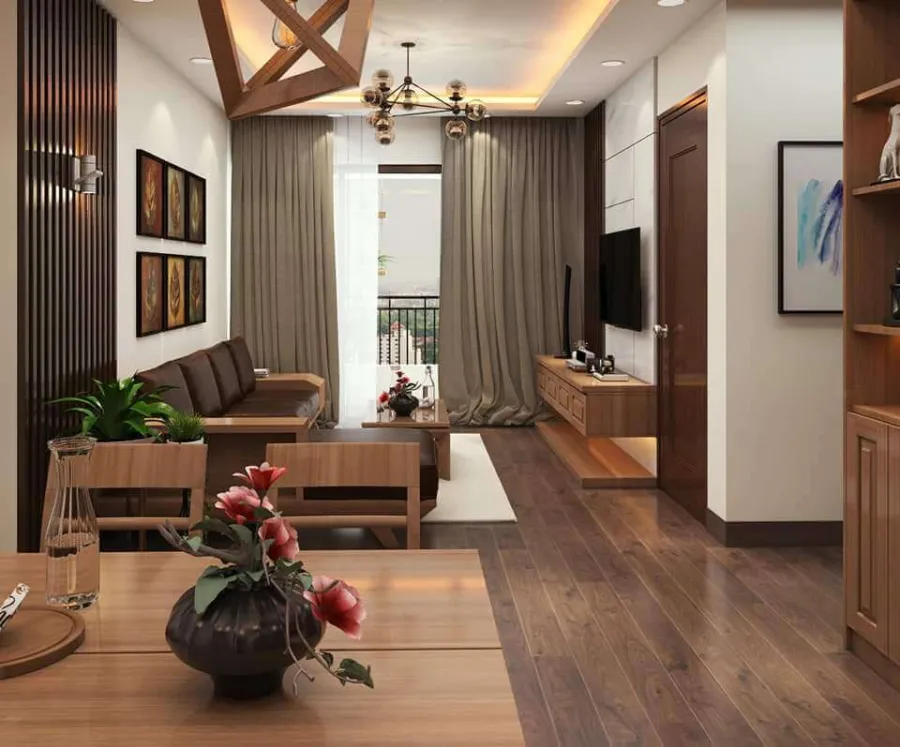
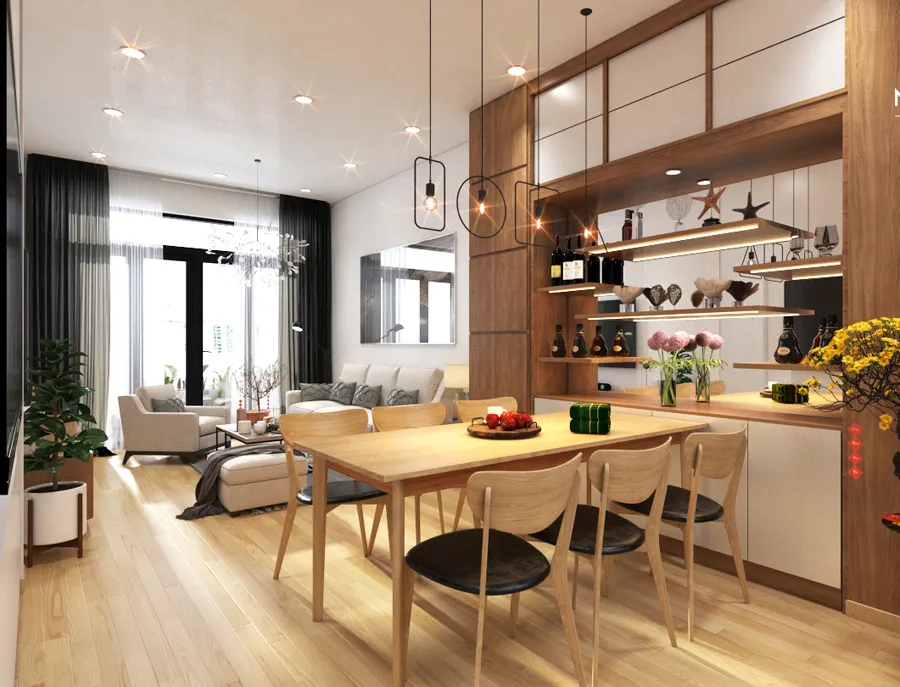
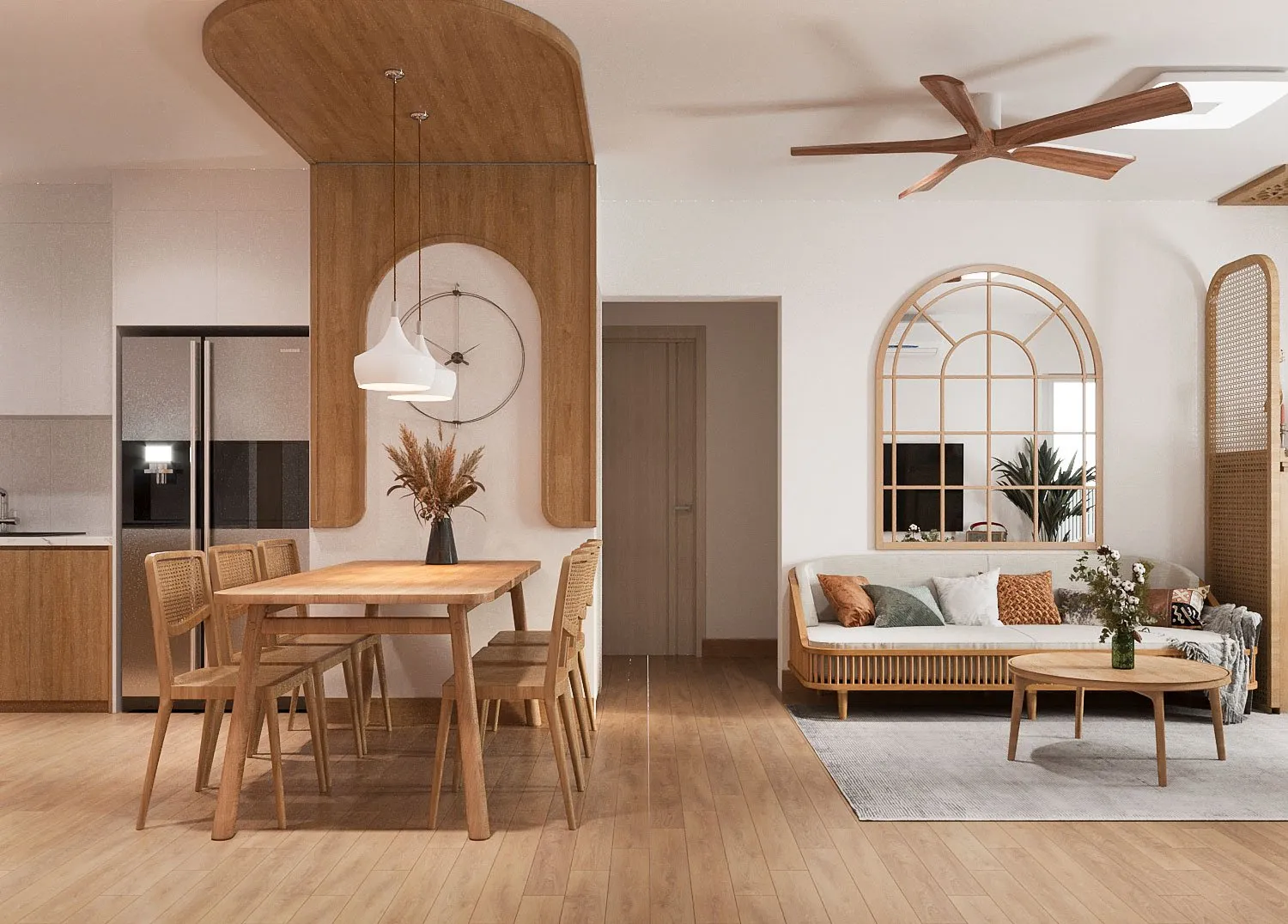
_1752252360.webp)


